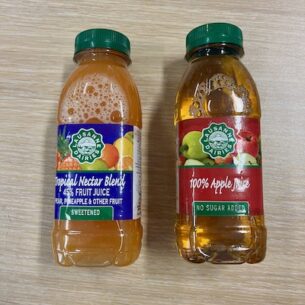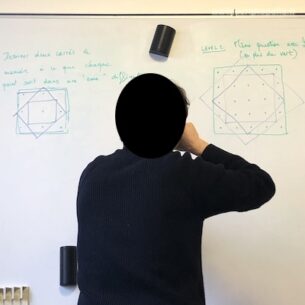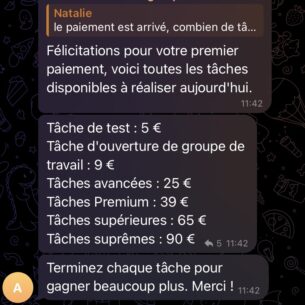Prices
There is something strange about this lunch. Adults have fun, but we barely see the children. Juts before desert, they ask for the permission to leave and disappear. What’s really awkward is we don’t hear them. No big laughs, no screams, no clues of even the beginning of a fight. Once the meal’s over, we can’t help take a look in the room where they’re gathered. We find them sitting on the floor with their play cards: Yu-Gi-Oh, Pokemon, and whatever else they managed to collect at school. But they do not play with them. It seems they sort them out and stick small papers on each pile. We soon understand that these papers display prices. Prices? Come on, they’re children. The elder is eleven years old, how could they know the price of things, it’s probably fake prices, just made for playing shopkeepers. Except, children are not what they use to be. Nowadays, they have means to do exactly as grownups, to configure a market place and to set prices. Indeed, on the lap of one of them, an iPad displays eBay and CraigList results for each card. Once they know what they call the “real price,” the kids form a new pile, discuss a bit, and inscribe a price on paper, generally well below the one they gather online. The garage sale is scheduled in two weeks.







